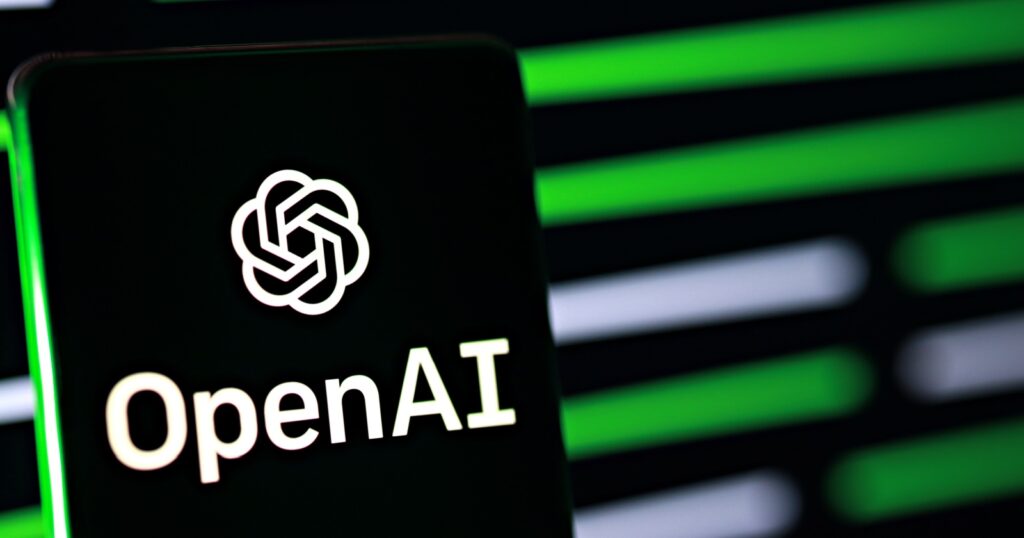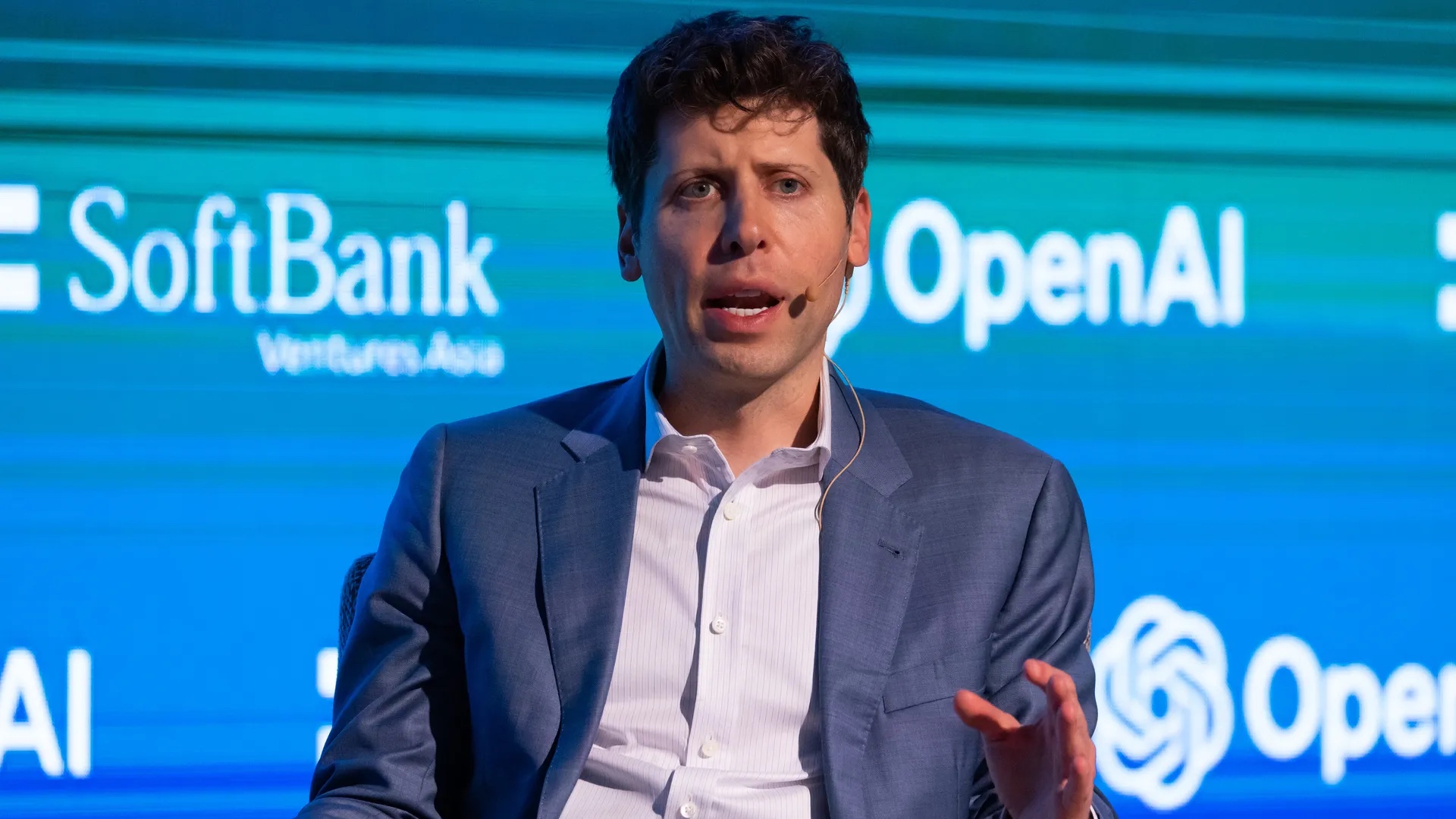OpenAI sets a new direction that shakes the tech world. In a post on X, CEO Sam Altman outlined the capability targets. OpenAI which is very specific: by September 2026, their system is expected to be able to serve as an automated “AI research intern,” and by March 2028 reach the level of a fully autonomous “AI researcher.” This goal shifts the discourse from mere dreams of artificial general intelligence to a concrete benchmark for research autonomy.
Ambition is not just rhetoric. It is accompanied by a technical plan, a safety strategy, as well as a new governance framework that clarifies the roles between nonprofit organizations and business entities. That step shows how OpenAI is trying to balance the drive for innovation and public responsibility amid the acceleration of technology.
Vision of Autonomous AI Researchers
Sam Altman explains that OpenAI's research focus today is no longer merely pursuing an abstract definition of AGI. They target a system that can conduct scientific research autonomously, formulate hypotheses, test the results, and improve them.
"Altman said that the first phase in 2026 is to create an “AI research intern” that can assist research in various fields, including computer science and biotechnology." The next phase in 2028 marks the birth of a fully autonomous AI researcher capable of leading its own research project.
This step serves as a concrete benchmark for measuring AI progress, unlike traditional approaches that rely solely on the model's performance metrics. This target also provides a clear scientific direction for the global community to assess the extent to which AI can contribute concretely to new discoveries.
Paradigm Shift from AGI to Measured Autonomy
According to Altman, this change is important to avoid the trap of philosophical debates about AGI. By focusing on measurable capabilities, OpenAI can direct resources toward research that yields real impact.
This approach has attracted widespread attention from analysts. Business Insider's coverage assesses the move as a major shift from theoretical discourse to verifiable scientific targets. Thus, the success or failure of a project can be measured objectively through technical achievements, not public perception.
Implications for the World of Science
If the 2026 and 2028 targets are achieved, the research world will change drastically. AI systems have the potential to accelerate drug discovery, expand energy exploration, and open new branches of science. On the other hand, this raises ethical questions and global governance issues: who is responsible for the decisions in autonomous AI research, and how can we ensure that its outcomes are used for the common good?
Tightened Safety Framework
Altman asserts that this major achievement would only be possible if the AI system is built on a robust safety framework. It presents five main layers: value alignment, goal alignment, reliability, adversarial robustness, and system safety.
One of the important concepts highlighted is “chain-of-thought faithfulness” — an effort to bridge how the model reasons with its final outcome. OpenAI deems this research vital so that humans can understand and verify the model's thinking processes. However, Altman also reminds us that this technique is still fragile and requires clear boundaries so as not to cause bias or manipulation of the results.
Building Trust in the AI Reasoning Process
This approach shows OpenAI's shift from mere "strong AI" to "AI that can be trusted." They want every step of the model's reasoning to be traceable, not just the final result. In this way, the system can be audited to ensure honesty and consistency in thinking.
In addition, OpenAI is developing an internal adversarial testing system to measure the model's resilience to manipulation or misuse. This program simulates a hypothetical attack so that the system is prepared to face real-world threats.
Collaboration for Global Safety
OpenAI also opens opportunities for cross-institutional research collaboration in the field of safety. Some projects will be open so that the academic community can provide input. Altman says this collaboration is important to ensure that human values remain at the heart of AI development, not corporate interests alone.

30-gigawatt infrastructure and "AI Factory"
The most striking part of Altman's presentation is the commitment to massive infrastructure. They mentioned the target computational capacity as large as 30 gigawatts with the total cost of ownership reaching 1.4 trillion dollars in the coming years.
This initiative is described as a step toward an “AI factory” — an industrial facility that can add one gigawatt per week in the future. The goal is to reduce the cost of model training while increasing scale and energy efficiency.
Major Investment and Strategic Partnership
This scale of ambition is only possible with large financial support. Reuters reported that the long-term partnership with Microsoft has become one of the main pillars of financing. Microsoft now owns about 27 percent of the stake in OpenAI's for-profit entity, while the OpenAI Foundation holds 26 percent of the shares with warrants to increase its stake.
The combination of public capital and nonprofit-for-profit structure gives OpenAI flexibility: they can access substantial funding while maintaining a mission mandate for the public interest.
Global Economic and Industrial Impacts
Infrastructure development of this scale will change the landscape of the semiconductor and energy industries. The demand for AI chips and clean power sources will surge. Some analysts say the OpenAI project has the potential to spur innovation in solar power technology and more efficient data center cooling.
Moreover, this step could accelerate the development of the global digital economy because large-scale AI infrastructure can become the foundation for thousands of new companies.
Restructuring and Philanthropy Mandate
The restructuring of OpenAI's organization into two main entities has become the foundation for this new direction. The OpenAI Foundation acts as a nonprofit organization that holds ownership and a moral mandate, while OpenAI Group PBC carries out commercial activities and technical research.
OpenAI Foundation has initial funds. 25 billion dollars which is focused on two main areas: health and resilience to AI risk. The first focus aims to accelerate drug discovery and global diagnostics, while the second focus strengthens preparedness for the potential dangers of future AI systems.
Transparency and Public Governance
OpenAI emphasizes transparency as the core of this new structure. Altman emphasized that the Foundation will have a public oversight mechanism and annual reports so that the public can assess the extent to which the humanitarian mandate is being carried out.
This step has been positively received by many academic circles. They consider OpenAI to be more aligned with the principles of a public-interest organization, without sacrificing its technological ambitions.
Maintaining the balance between profit and ethics
This dual structure also addresses long-standing criticisms of conflicts of interest between public research and the commercialization of AI. With a clear division, OpenAI can uphold development ethics while competing in the global market.
The humanitarian mission remains at the core.
Altman closed his presentation by emphasizing that OpenAI's mission has not changed: to ensure that artificial general intelligence benefits all of humanity. They said that this new direction is "a path toward a safe, beneficial, and inclusive future."
In this context, OpenAI is not merely building technology, but also shaping an ecosystem of values, governance, and social responsibility. With massive infrastructure and a strengthened safety framework, they want to prove that technological progress can go hand in hand with humanity's interests.
Sam Altman's post on X has become an official declaration of OpenAI's direction after the restructuring. Three major things stand out: autonomous AI targets with deadlines in 2026 and 2028, a 30-gigawatt infrastructure development plan valued at $1.4 trillion, and a new organizational structure with a $25 billion philanthropic commitment.
The combination of technical ambition, safety ethics, and a philanthropic vision makes OpenAI a unique model in the global AI industry. The world now waits to see whether those big targets for 2026 and 2028 will truly be achieved, or will instead open a new chapter in the history of artificial intelligence.
For further coverage on AI research and OpenAI's developments, readers can follow the latest article at Insemination and read external references through the official site OpenAI.
Discover more from Insimen
Subscribe to get the latest posts sent to your email.










